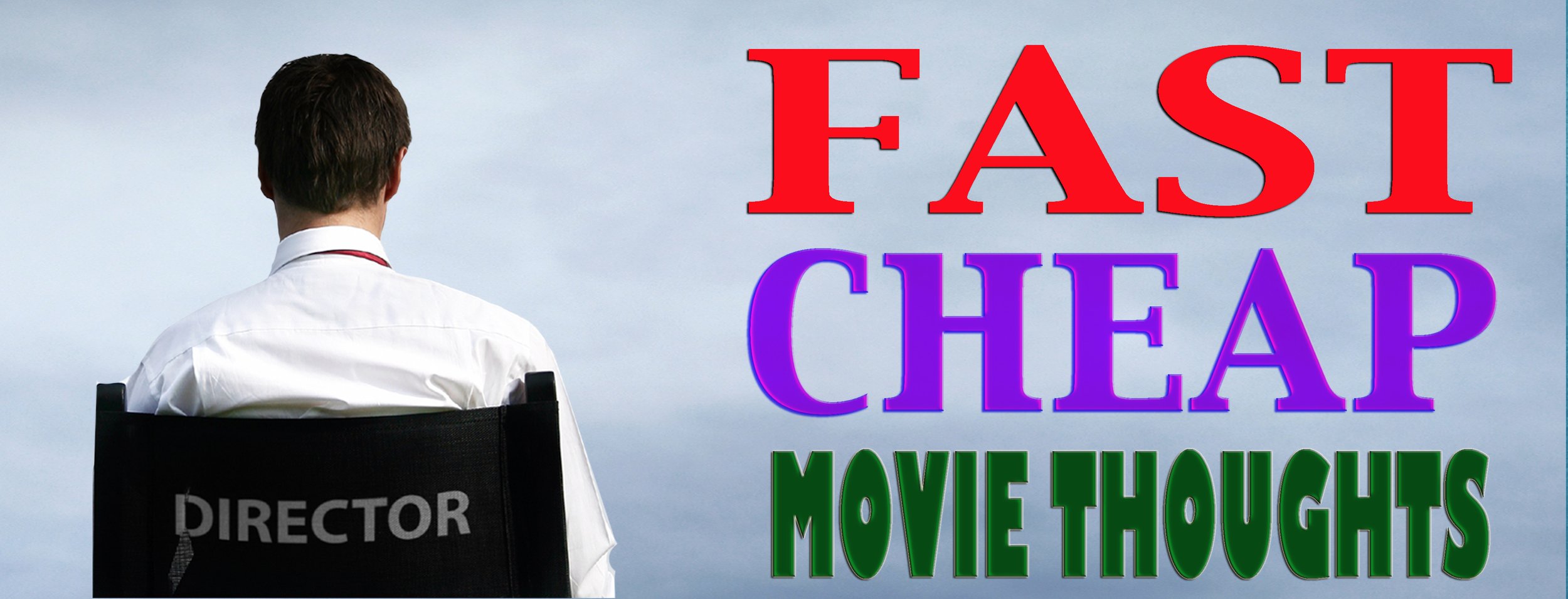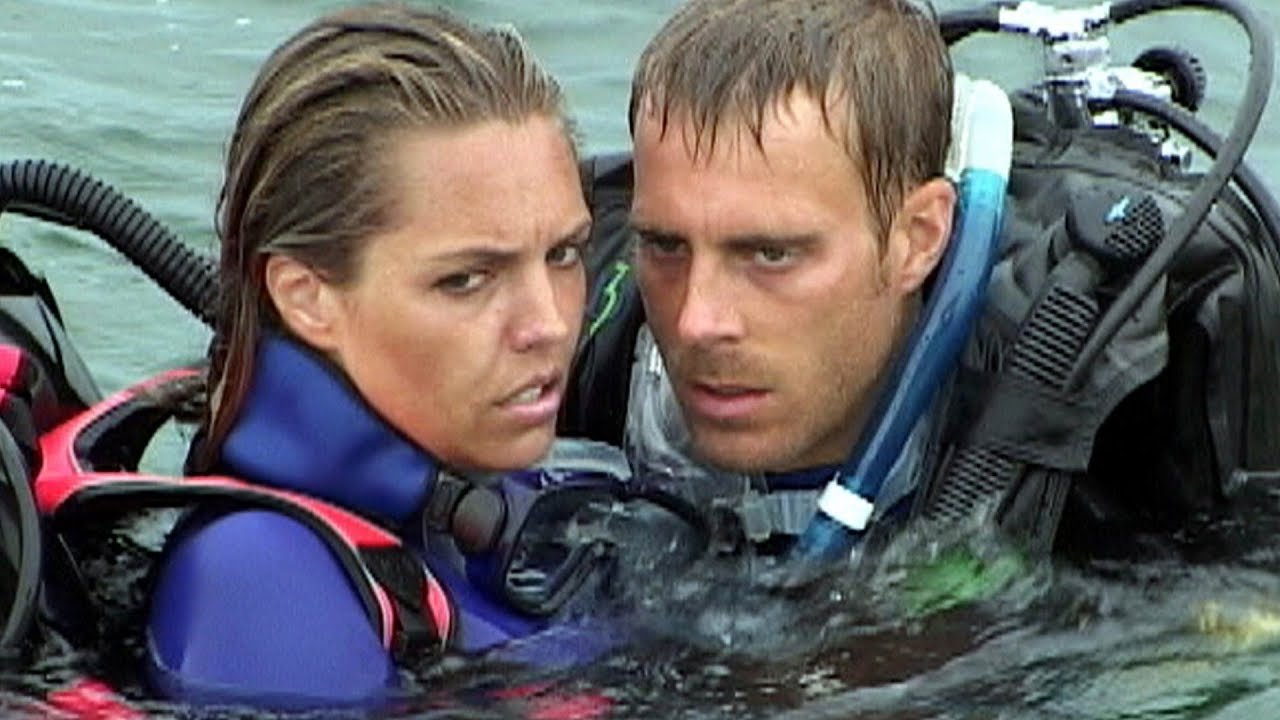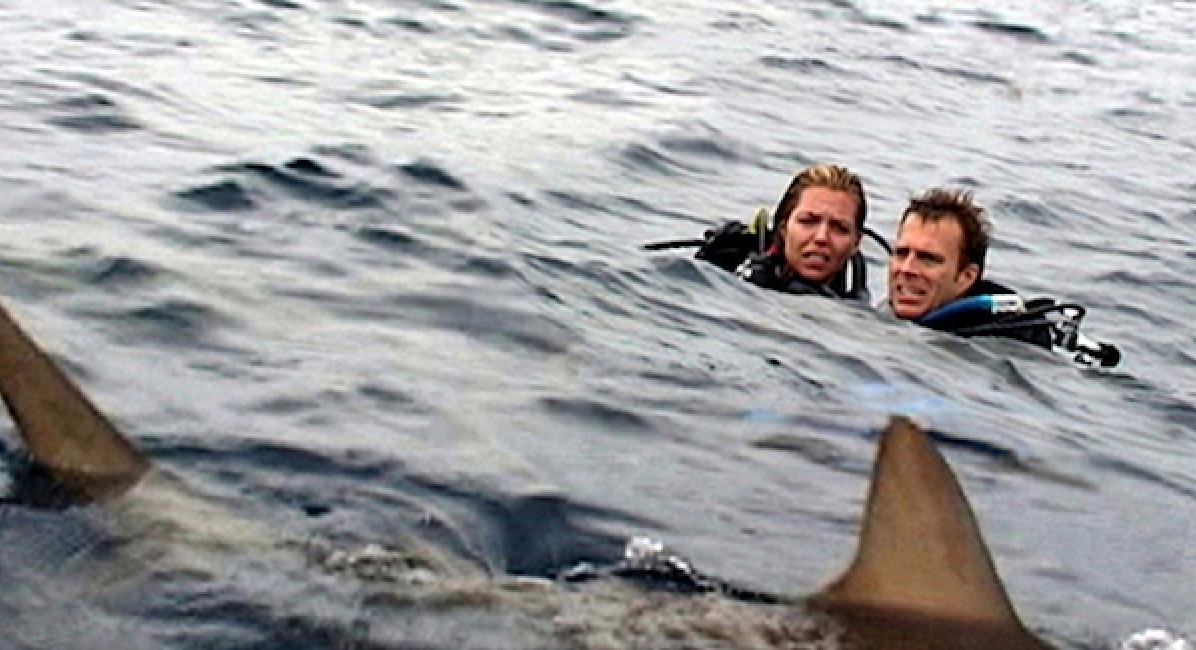Why did you decide to shoot digitally?
KENTIS: That was the whole reason we wanted to do the film. We were really excited about the technology that was out there, and truthfully, kind of inspired by the Dogme 95 films. We just wanted to get out there and experiment with this new technology.
Right after we made our first feature, Grind, which was made in much more of a traditional way -- we had a crew and shot on 35mm and all -- our daughter was born. So, we were excited about trying to make a movie in a very different way. The idea of working without a crew, the idea of being able to take our time (which meant working on weekends and vacation times), being able to include our families. Also, the idea of collaborating with actors in a certain kind of way.
We were really anxious to try to make a movie in a different way, to try to stretch and challenge ourselves creatively.
Most films aren't suited to that particular look that you get when you shoot digital, especially where the technology was when we took on Open Water. It's amazing how rapidly it's changing. Now the quality is far superior and there are a lot more choices of what kind of look you can get.
Besides the financial reasons, what were the other advantages of shooting digital?
KENTIS: The real advantage of digital, aesthetically speaking, is that you get a sense of realism and immediacy. And that dictated everything about the project: we wanted a project that would benefit from that. This story that we'd heard about years before came to mind as something that we thought would work well.
So much about the project was trying to do things in a different way, and we wanted to take the medium somewhere where we hadn't seen it used before.
Had we shot this story on 35mm, I think it would have been way more difficult, working in a traditional way on the open ocean then it would with this equipment.
What were the advantages of being able to take your time?
KENTIS: The first advantage of taking our time was that I was able to work full time and help finance the film.
Another advantage is that movies tend to be rushed, especially if you look at the things coming out of Hollywood today and the schedules. Ironically, two of my favorite filmmakers were not very prolific: Stanley Kubrick and Terrence Malick. I think there's a lot to be said for taking the time to get it right, and I think most films don't really have that advantage. It's a process of refinement.
What do you thing it takes to become an independent filmmaker?
KENTIS: Being an independent filmmaker requires a certain amount of discipline.
Other career paths, whether it's a doctor or a lawyer or any kind of career path, generally what you need to do is all laid out in front of you. It's still difficult, but you're going to school, then onto an internship, whatever.
For an independent filmmaker, you could argue that people can move up the ladder by working on a crew or things like that. But in general it's kind of a difficult thing to break into, and requires a certain kind of discipline.
Especially if you're working alone, it's very easy to let a project slip away. You need to have the discipline of maintaining a certain kind of forward motion.
The movie works and yet I think, from the outside and at the beginning, a Hollywood person would have said it’s never going to happen.
KENTIS: So much of the film was trying to take perceived disadvantages and turn then to our advantage. The use of unknowns was dictated by the fact that we wanted to be as realistic as possible. And certainly if we enlisted recognizable actors, let alone movie stars, I think that would have shattered that illusion.
There's not a film that's been made that doesn't require reshoots at the end of editing. With our first film, it was such a pain in the ass to get that together, because you have to go through unions, you have to get the crew together, you have to get the actors together -- it was like starting up production again just to get a few shots.
The philosophy here was if we need something, you just pick up the camera and grab it, literally, Whatever you needed. The cloud shots I shot from the roof of my apartment in Manhattan.
It was the same with the actors. We'd just call them up, we'd have an idea and we'd go and explore it and try. That whole spirit of trying things and experimenting, it wasn't such a big deal. It wasn't like having to call their agent and go through the union and draw up contracts and bring the actors in.
How tough was it to keep the ending you wanted?
KENTIS: Not tough at all, because that was the whole point of the project. To not have to answer to anyone. None of the choices were made because they were the most commercial choices; they were made because this was the film we wanted to make.
Because the film was based on a true story, that was going to be the ending from the get-go, from day one. Now the specifics of what happened to her evolved during the course of the process, but there never was going to be any other ending. To the credit of Lions Gate, and all the distributors that were interested in the film at Sundance, it was never questioned.
I'd say that the majority of people really responded to and loved the ending, and yet there's this perception out there that you always have to have a happy ending. It's interesting how that happens. In the 70s, I think it was more common for the main character to end up dead, even in a romantic comedy often the main character would end up with a tumor and die. That's the other extreme.
The whole impetuous behind this story was when I read about the true incident, it deeply affected me, and so it was to try to capture that. To have the audience have the same kind of emotional response that I had when I read the story. You can't help but ask, 'What if that were me and Laura? What if it were us?'
Our hope was that when people watch the movie is that, hopefully if the audience is with the movie, they'll ask themselves, 'What if that were me? What would I do in that situation?' and experience it that way.
What was the best decision you made on the project?
KENTIS: The best decision was to not to try to second-guess what an audience was going like, because there was no guessing that anyway -- Hollywood's still trying to figure that out. To stick to our guns, to stick to our vision.
It's really hard work, and it took a long time, but it's a really, really good way to spend a couple of years. It's time really well spent.
Dying to make a feature? Learn from the pros!
"We never put out an actual textbook for the Corman School of Filmmaking, but if we did, it would be Fast, Cheap and Under Control."
Roger Corman, Producer
★★★★★
It’s like taking a Master Class in moviemaking…all in one book!
Jonathan Demme: The value of cameos
John Sayles: Writing to your resources
Peter Bogdanovich: Long, continuous takes
John Cassavetes: Re-Shoots
Steven Soderbergh: Rehearsals
George Romero: Casting
Kevin Smith: Skipping film school
Jon Favreau: Creating an emotional connection
Richard Linklater: Poverty breeds creativity
David Lynch: Kill your darlings
Ron Howard: Pre-production planning
John Carpenter: Going low-tech
Robert Rodriguez: Sound thinking
And more!
Write Your Screenplay with the Help of Top Screenwriters!
It’s like taking a Master Class in screenwriting … all in one book!
Discover the pitfalls of writing to fit a budget from screenwriters who have successfully navigated these waters already. Learn from their mistakes and improve your script with their expert advice.
"I wish I'd read this book before I made Re-Animator."
Stuart Gordon, Director, Re-Animator, Castle Freak, From Beyond
John Gaspard has directed half a dozen low-budget features, as well as written for TV, movies, novels and the stage.
The book covers (among other topics):
Academy-Award Winner Dan Futterman (“Capote”) on writing real stories
Tom DiCillio (“Living In Oblivion”) on turning a short into a feature
Kasi Lemmons (“Eve’s Bayou”) on writing for a different time period
George Romero (“Martin”) on writing horror on a budget
Rebecca Miller (“Personal Velocity”) on adapting short stories
Stuart Gordon (“Re-Animator”) on adaptations
Academy-Award Nominee Whit Stillman (“Metropolitan”) on cheap ways to make it look expensive
Miranda July (“Me and You and Everyone We Know”) on making your writing spontaneous
Alex Cox (“Repo Man”) on scaling the script to meet a budget
Joan Micklin Silver (“Hester Street”) on writing history on a budget
Bob Clark (“Children Shouldn’t Play with Dead Things”) on mixing humor and horror
Amy Holden Jones (“Love Letters”) on writing romance on a budget
Henry Jaglom (“Venice/Venice”) on mixing improvisation with scripting
L.M. Kit Carson (“Paris, Texas”) on re-writing while shooting
Academy-Award Winner Kenneth Lonergan (“You Can Count on Me”) on script editing
Roger Nygard (“Suckers”) on mixing genres
This is the book for anyone who’s serious about writing a screenplay that can get produced!









